After the First World War, the two Kent Yeomanry regiments were amalgamated and transferred to the Royal Artillery, adopting its badges with the addition of a diamond-shaped patch containing the white horse of Kent on the upper left sleeve.
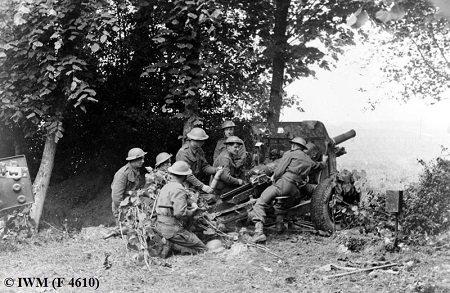
Following the end of the First World War, the Royal East Kent Mounted Rifles (The Duke of Connaught's Own), and The West Kent Yeomanry (Queen's Own) were amalgamated and in 1921 became the 97th (Kent Yeomanry) Brigade, Royal Field Artillery, consisting of the Canterbury-based 385th, the 386th Ashford-based (Duke of Connaught's Own Yeomanry) Batteries, the Bromley-based 387th and the Maidstone-based 388th (Queen's Own Yeomanry) Batteries. In 1938, the unit was re-designated as the 97th (Kent Yeomanry) Army Field Regiment.
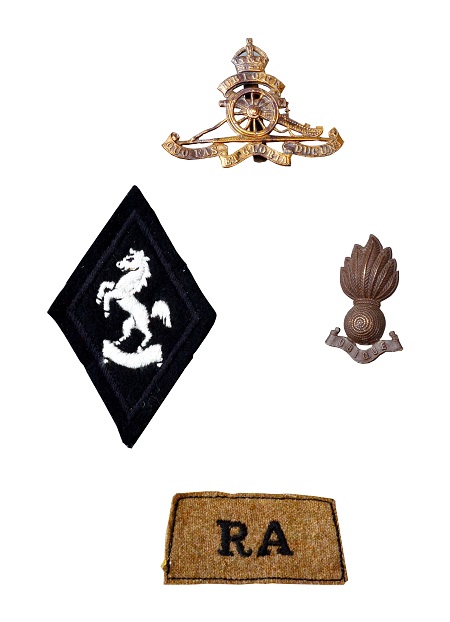
By 1939 it had become clear that a new European war was likely and the doubling in size of the Territorial Army was authorised, with each unit forming a duplicate. The existing 97th (Kent Yeomanry) Army Field Regiment, RA formed 143rd Field Regiment, RA. The new regiment continued the tradition of including batteries from both east and west Kent.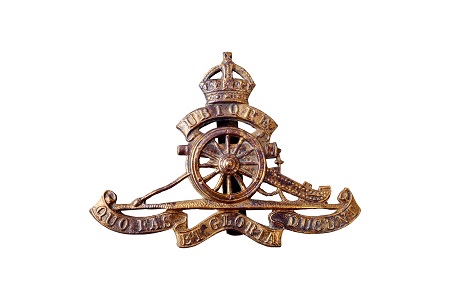

Following the end of the First World War, the Royal East Kent Mounted Rifles (The Duke of Connaught's Own), and The West Kent Yeomanry (Queen's Own) were amalgamated and in 1921 became the 97th (Kent Yeomanry) Brigade, Royal Field Artillery, consisting of the Canterbury-based 385th, the 386th Ashford-based (Duke of Connaught's Own Yeomanry) Batteries, the Bromley-based 387th and the Maidstone-based 388th (Queen's Own Yeomanry) Batteries. In 1938, the unit was re-designated as the 97th (Kent Yeomanry) Army Field Regiment.

By 1939 it had become clear that a new European war was likely and the doubling in size of the Territorial Army was authorised, with each unit forming a duplicate. The existing 97th (Kent Yeomanry) Army Field Regiment, RA formed 143rd Field Regiment, RA. The new regiment continued the tradition of including batteries from both east and west Kent.

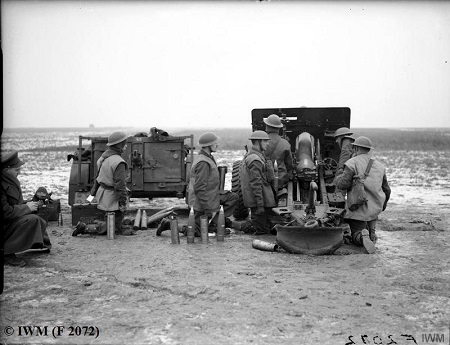
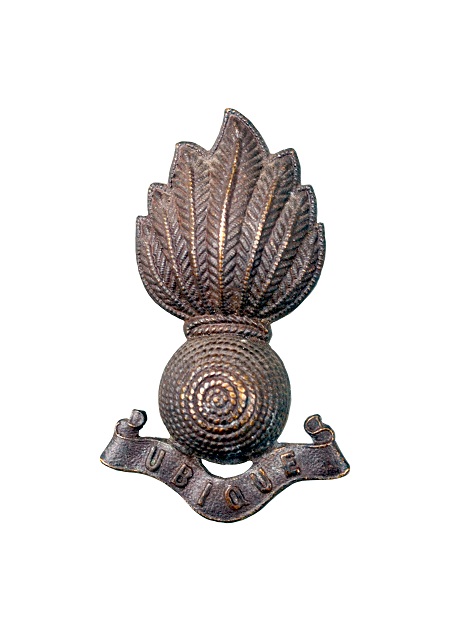 97th (Kent Yeomanry) Army Field Regiment mobilized on 3 September, 1939 at Maidstone under Eastern Command with 385th (Duke of Connaught's Own Yeomanry) and 387th (Queen's Own Yeomanry) Batteries. The regiment moved to France and joined the BEF as part of the 5th Infantry Division, equipped with 25-pounder guns. It participated in manoeuvres near Marieux on the Somme in January, 1940. The Commanding Officer was Lt. Colonel Franklin Lushington.
97th (Kent Yeomanry) Army Field Regiment mobilized on 3 September, 1939 at Maidstone under Eastern Command with 385th (Duke of Connaught's Own Yeomanry) and 387th (Queen's Own Yeomanry) Batteries. The regiment moved to France and joined the BEF as part of the 5th Infantry Division, equipped with 25-pounder guns. It participated in manoeuvres near Marieux on the Somme in January, 1940. The Commanding Officer was Lt. Colonel Franklin Lushington.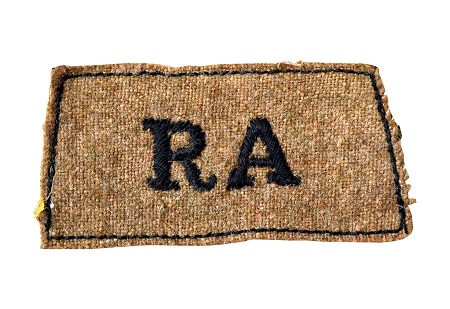
After the German advance, the regiment was located in 15 different places within 18 days before finally being evacuated from Dunkirk in Operation Dynamo by HMS Winchelsea. The bulk of the regiment had destroyed its guns and equipment prior to this, except for 385 Battery, which had been detached to the 51st Highland Division.

This saw action at Saint-Valery-en-Caux, the battery not escaping from that area until 12 June, 1940. It was one of the few units that did.

This saw action at Saint-Valery-en-Caux, the battery not escaping from that area until 12 June, 1940. It was one of the few units that did.
To return to the cabinet, click here.
